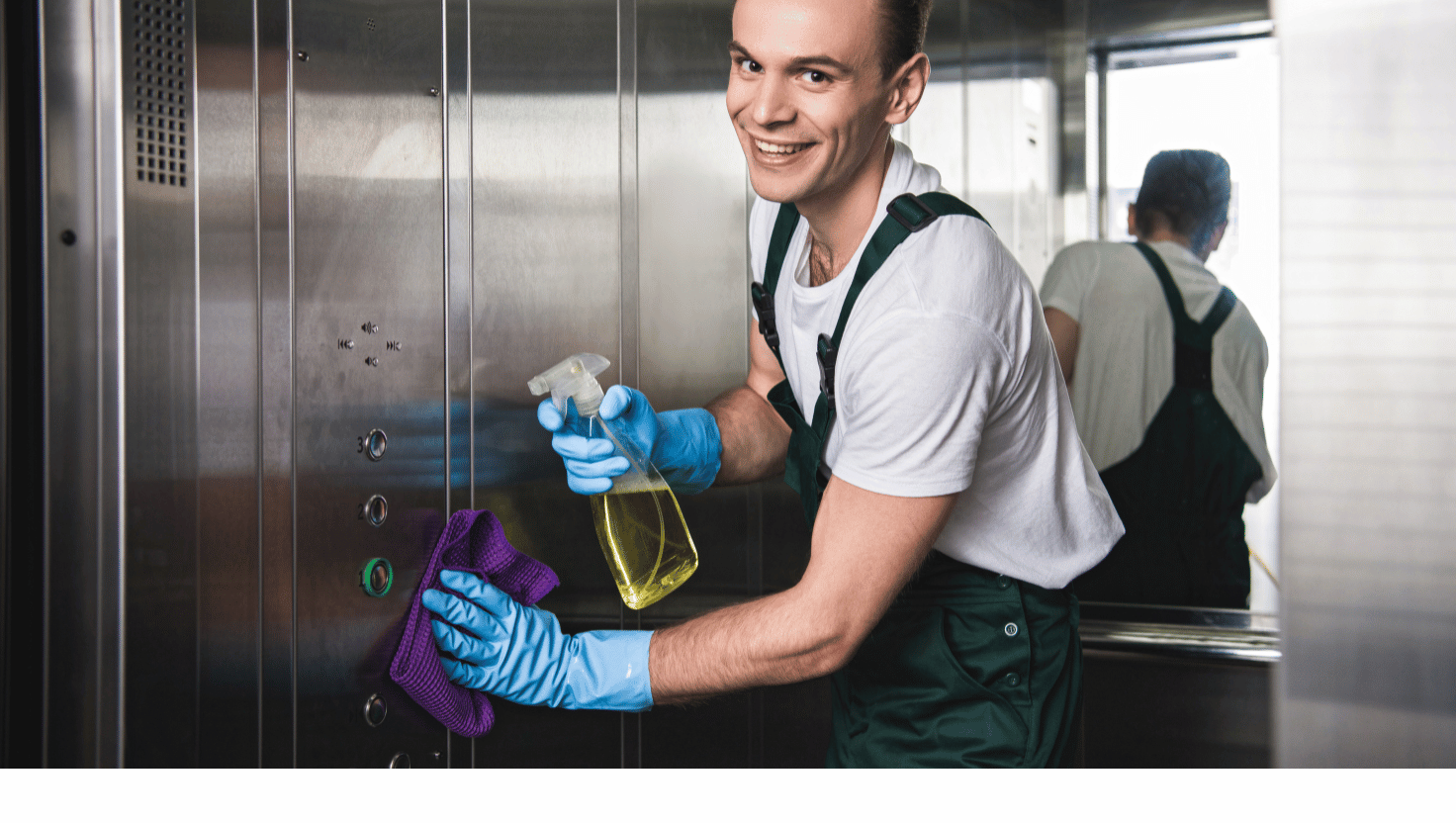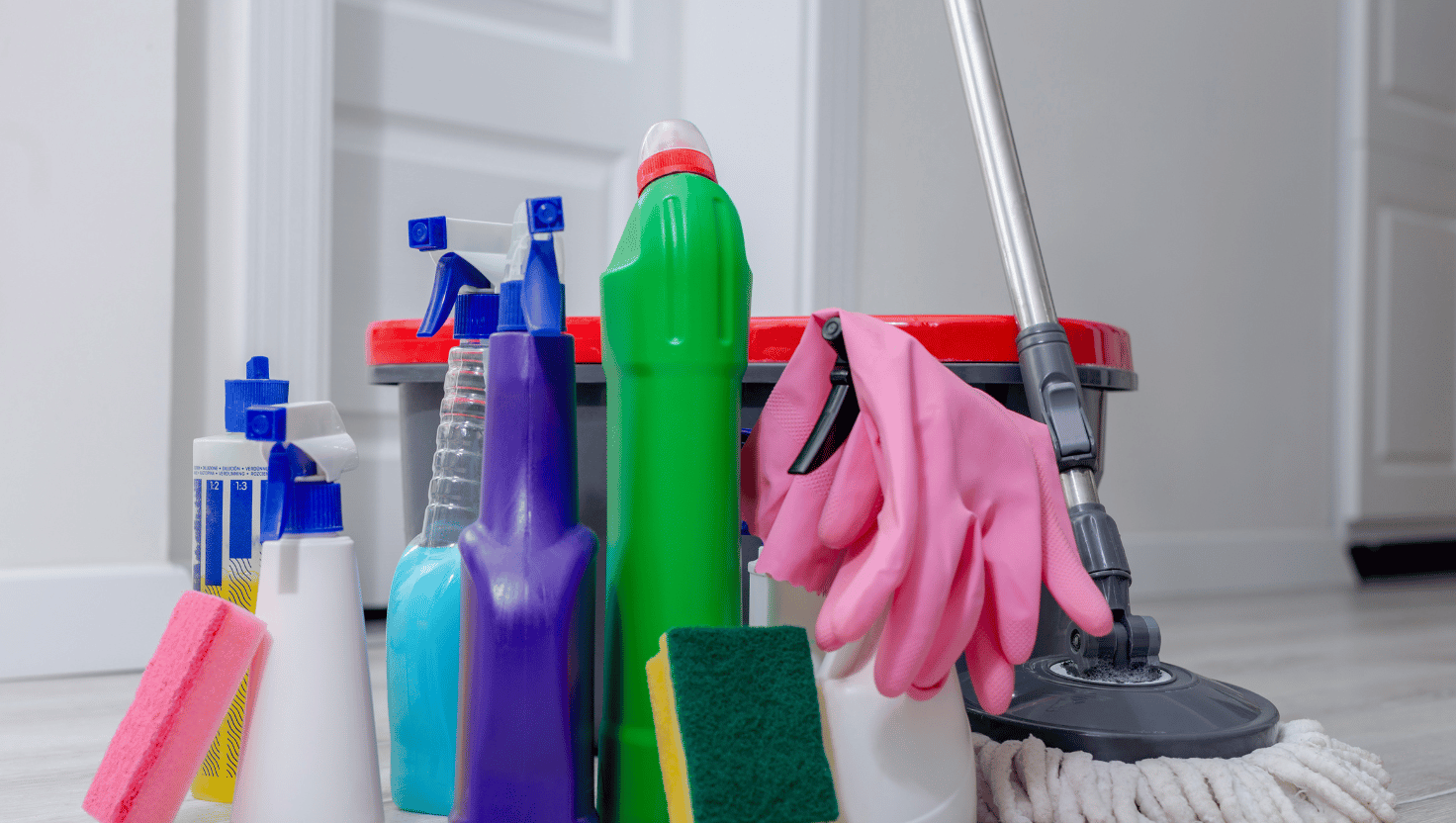- 23-Jan-2024
Cleaning for Escalators and Elevators
20

Cleaning for Escalators and Elevators
Today, people use it; thus, Escalators and elevators have become a part of building design. Though developed to run continuously for several years, their outlook and efficacy may diminish over the years if they are not well maintained. Indeed, when it is hygiene matters in question, this is even more so. In terms of appearance, a dirty escalator or elevator can significantly deteriorate the look of a building, and in terms of safety, it is highly dangerous in its congested usage. Escalators and elevators are frequently used – they must often be cleaned, and everything must be in balance and in their prime state.
The Importance of Cleaning

Cleaning is a vital factor in the cleanliness, hygiene, and appearance of escalators and elevators Cleaning . To solve this problem, a special cleaning program has been developed.
Here are some reasons why:
1. Safety: Squeegee-weeded areas, filthy escalators, and elevators present a real propensity for accidents since wet, greasy or cluttered surfaces create slip/trip hazards. It also helps to make sure that surfaces are dry and free of obstruction that may lead to accidents in future.
2. Hygiene: Elevators and escalator surfaces touch many people throughout the day, so they collect germs, bacteria, and dirt. It is better to manage the frequency and methods of sanitation so that the facilities’ users have a healthier environment.
3. Aesthetics: A clean escalator or elevator, even if old, will make a good impression on the visitors, tenants or prospective clients. Ultimately, it plays a role in the appearance of the building and its administration.
4. Performance: Over time, the moving parts of the escalators and elevators start to accumulate varying forms of dirt and grime, and this is not good for the running of the equipment. Cleaning is done with the goal of keeping the equipment in the best shape and functional at all times, as well as checking on any development of faults.
The Cleaning Process
A detailed and effective cleaning process includes the procedures for maintaining clothes and hygiene for the escalators and elevators.
The following steps outline a typical cleaning process:
Step 1: Safety First
It is also, of course, important to mention that before starting cleaning, you need to check that safety measures are provided. The barrier or warning signs (surrounding the area that needs attention) or switch off the power supply to the escalator or elevator. The process could be very complicated in the case of commercial buildings, as this could involve a professional technician or a mechanic who is experienced in maintenance.
Step 2: Clean up Rocks and Other Objects
The first thing that you need to make sure of is that the environment, the escalator or the elevator, is clean, with no debris, no trash, and no clutter. To get rid of the loose dust, dirt, or particles, always sweep with a stiff brush or broom. Also, bearing in mind the concentration of the handrails, the steps, and the landings, attention should be given to the concentration of the debris pile, which is most especially concentrated around the accumulation point of steps and landings.
Step 3: Clean the Interior
With the right cleaning solution, clean the inside of the elevator or escalator and the wall, floor, and ceiling. It keeps the surface of a particular escalator or elevator from coming into contact and getting damaged. Allowing it to sit for about 10 minutes will allow time for the cleaning solution to start working, so go ahead and follow up later and wipe the surface using a soft cloth or microfiber mop in the direction it soaked in the cleaning solution, especially in the corners and in places you can’t see.
Step 4: Clean the Moving Parts
When the power supply is off, it will be easier to wash not only the steps or stairs but the rails and rollers as well. Clean the accumulated filth thoroughly by scraping with a hard brush or spirited cleaning tool. When cleaning the surface, care should be taken to clean the intervals as well as the rail area because most dust settles there.
Step 5: Address Specific Areas
Remember the particular areas that need more focus, piecing, spots, or even oily remnants on the counter. This can be cleaned with a stronger cleaning product or a different cleaning solution than usually used.
Step 6: Restore Power and Test
When you’ve finished cleaning it, switch on the power supply into the escalator or elevator and verify that it functions as it is supposed to. Make sure that all the parts move as they should—not a much-tripping hazard to people.
Step 7: Maintenance and Prevention
For the escalators and elevators to be clean, the following principles can be followed to establish a maintenance schedule. This includes routine checks, widespread cleansing sessions and the ‘wear and tear’ on parts, which are less likely to undergo thorough checks. There’s the need to consider the prevention maintenance plan so as to incur minimal or no big cleaning sessions and have well-maintained equipment.
Deciding on the right Cleaning Products and Equipment

Choosing what cleaning product and machinery to use in order to get the best clean is just as important.
Consider the following factors when selecting cleaning products:
1. Material compatibility: The cleaning products used on the escalator and elevator must not be at all corrosive to any of the materials used in the escalator or an elevator, be it metallic, rubberized plastic, leather or any other material that may have been used.
2. Cleaning efficiency: Your cleaning products should be able to clean and take out stains and spots existing on that surface without deforming it.
3. Safety: Choose products that are harmless to the users and occupants of the building and, more importantly, friendly to the environment.
As for tools that are important in cleaning the surface of the escalators and elevators, it is recommended to procure tools that are created for such specific purposes. This can assist in cleaning surfaces in difficult-to-reach areas and clean surfaces even in hard-to-reach places.
LATEST POSTS
-
-
 Is an Airbnb Cleaning Service Worth It?
Is an Airbnb Cleaning Service Worth It?- 10-May-2024
-

-

-
 Eco-friendly Cleaning for a Healthier 2024
Eco-friendly Cleaning for a Healthier 2024- 25-May-2024
-
 Vacation Rental Cleaning Checklist
Vacation Rental Cleaning Checklist- 29-May-2024
